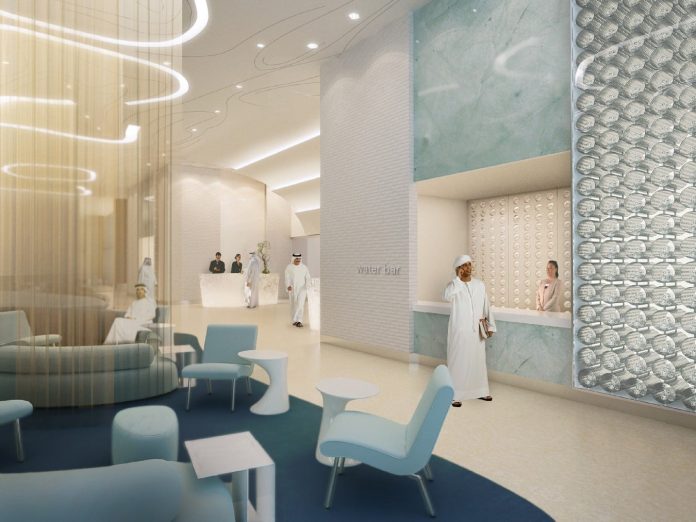
Emirates Airlines is said to fly in 1,500 medical tourists daily to Dubai airport before they take onward flights to destinations such as India, Thailand, Malaysia or Singapore. If Dubai can tap a share of such travellers, it has scope to be a destination for medical tourism, for which strategic initiatives have already been launched.
Emirates is easily the most impressive success story about Dubai; if there is anything more successful, it is perhaps Dubai itself. Or the equation could be one of symbiosis, where one contributes or even leads to the betterment of the other in a continuous process.
So, the role played by Emirates in making Dubai what it is today needs no further explanation. But an interesting part is that the airline has acted as a change agent in innumerable other ways and in other parts of the world. It has helped the world discover hitherto unknown destinations and also connect travellers from around the world to Dubai, either through direct connections or by virtue of the emirate’s hub status.
In its inevitable march towards becoming the world’s biggest airline by 2020, a landmark in the evolution of Dubai on account of the Expo, Emirates has most effectively utilised the emirate’s geographical advantage, which brings over a third of the world’s population within four hours’ flight and two-thirds within an eight-hour flight.
Emirates already operates over 3,200 flights per week to over 135 destinations in more than 75 countries and hopes to fly 70 million passengers in the year of the Expo, pressing into service more than 250 wide-body aircraft.
Emirates is already a major catalyst of globalisation in many ways. A top Indian healthcare industry official pointed out the other day that Emirates’ flights alone bring 100 medical tourists daily to the group’s hospitals in four metropolises.
A major one was announced last year to unify all related procedures in Dubai in collaboration with Dubai Health Authority, Dubai Healthcare City, General Directorate for Residency and Foreigners Affairs (GDRFA) and Department of Tourism and Commercial Marketing (DTCM), among others. The Authority seeks to identify gaps in services, building capacity and raise the level of investments in the sector, including participation by the private sector.
The introduction of a three-month medical tourist visa was another important step. The visa, extendable twice, up to nine consecutive months, could be a major incentive for foreign patients to seek treatment in Dubai and other emirates. Similarly, the introduction of short-stay visas for specialist doctors for even a day has made it easier for hospitals to bring experts for consultations and special procedures.
The Dubai Health Strategy 2013-25 incorporates a masterplan aligned with the Dubai Strategic Plan 2015 to provide residents as well as visitors access to internationally recognised levels of healthcare and transform the emirate into a medical tourism hub.
The head of Dubai Health Authority (DHA) believes that by the end of the decade the number of medical tourists receiving treatment here will be in the millions annually. It estimates that their numbers to increase 10-15 per cent each year. About 15 per cent of patients in Dubai Healthcare City are already medical tourists. The City is planning to create new specialist centres to enhance the city’s appeal, while DHA has announced plans to build additional hospitals and clinics to strengthen healthcare delivery.
Dubai’s medical tourism plans are now expected to be calibrated with the Dubai Expo 2020 infrastructure development, which will further help position it as a medical tourism destination of some standing.






















![The Square at Nad Al Sheba Gardens Now Open hope tax season treated you well! Just checking in—ready to refocus on growing your business? I remember how we discussed scaling your [specific aspect of their business, e.g., online presence] but paused due to time constraints. We now offer a streamlined 6-month plan that delivers real results without adding to your workload. Let me know if you'd like to chat—I’d love to help you pick up where we left off!](https://www.dubaichronicle.com/wp-content/uploads/2024/11/The-Square-5-218x150.jpg)









